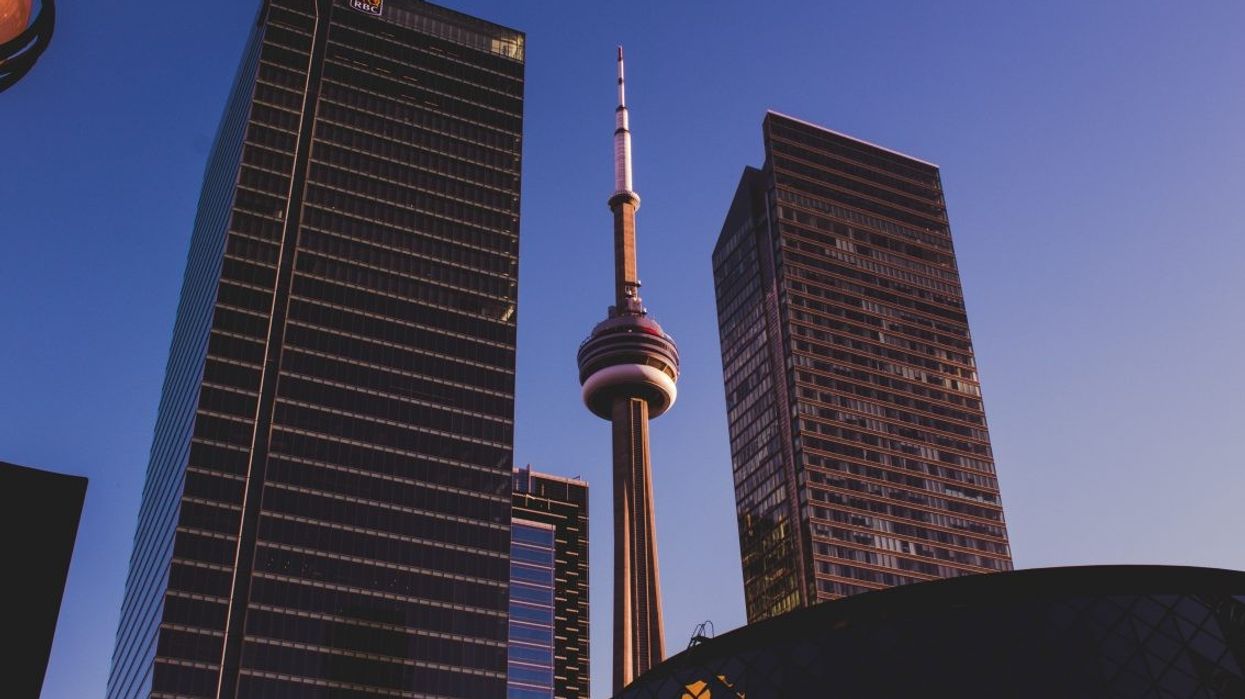If nothing else, the great Amazon HQ2 fiasco was a reminder to cities that they should be careful what they wish for. When the Seattle-based behemoth announced plans to a built a second corporate headquarters in late 2017, more than 200 communities across Canada, Mexico and the US set off on a mad scramble to win the project. What had these municipalities salivating was not just that Amazon was prepared to spend $5 billion (US) on its new premises, but that it would bring 50,000 jobs with it.
READ: 5 Work-From-Home Jobs That Pay More Than $50,000 A Year
Jurisdictions from every corner of North America humiliated themselves as they twisted their cities into economic pretzels to gain Amazon’s favour. Chicago offered $2.5 billion (US) in tax incentives. On top of $2 billion (US) in infrastructure improvements, Montgomery County in Maryland promised a staggering $6.5 billion (US) in tax incentives. Washington D.C.’s bid included a $5,000 (US) relocation reimbursement for every Amazon employee who moved to the American capital. Never has civic desperation and self-abasement been demonstrated so blatantly. And by the way, Amazon, whose profits in the US hit $5 billion (US) last year, paid no corporate income tax last year.
Needless to say, none of the above cities was selected. They should consider themselves lucky. In the end, the chosen cities were New York and some place called Crystal City in Virginia. And after much local opposition, Amazon withdrew from New York. This was despite a pledge from New York of $1.5 billion in incentives and a cash grant of $315 million (US). Never has the Big Apple’s behaviour looked so weak. Its desperation to land Amazon was painfully at odds with a city that comes as close as any to being a global capital of money and culture. Critics of the deal argued that the cash promised to Amazon would be better spent on New York’s crumbling infrastructure, especially its decrepit subway system.
READ: Toronto Second Only To New York City For Best Shot At Amazon’s New HQ [Study]
Toronto wasn’t immune from the lure of Amazon’s big bucks. Together with cities from the GTA including Mississauga, Markham, Kitchener-Waterloo and Hamilton, it organized an incentive-free bid that was all the more remarkable given Toronto’s branch-plant history as a branch-plant and Canadian corporate complacency. The consensus was that Toronto never really had a chance, but also that the exercise contributed to an understanding of the strengths of thinking regionally. Despite Mississauga’s high profile fight to separate from Peel Region, clearly, there are advantages to regionalism, especially for transit planning, which in these parts has a truly appalling history.
But the big lesson of Amazon was that cities prosper not by offering themselves up on a silver platter to corporate interests, but by taking care of their own needs. New York’s bid collapsed as much as anything because of the sorry state of the city’s transit network. Had the metro been adequately maintained — not dirty, decaying and overrun by rats — locals might not have objected so adamantly to the idea of handing the keys to city coffers to a business that has more money than it knows how to spend. They preferred instead that the promised revenues should go to improve and expand services New Yorkers rely upon in the course of their daily lives.
READ: Believe It Or Not, The TTC Is Canada’s Best Public Transit System
It’s a lesson from which Toronto and its provincial overlords should pay attention. Take care of the city and the city will take care of business. Erecting billboards along the US border declaring Ontario “Open for Business” only makes Americans wonder why we’re so anxious to state the obvious. It smacks of self-doubt and lack of self-confidence. After all, what city isn’t open for business?
How much more would Toronto and Ontario have to offer if we invested in education, culture, health, transit and the environment rather than treating them as niceties or, worse still, mere line items in a budget in need of cutting? It’s true that some businesses want nothing more than low-tax, low-wage jurisdictions that know the cost of everything and the value of nothing. Smart businesses demand more.
READ: Funding Cuts To Ontario Flood Management Programs Will Come At A Cost
Mississauga is a good example: the city that prospered because of its low costs has now abandoned that approach. First, because many of the businesses that moved there in the 1980s and ‘90s to take advantage of its (then) cheap real estate have since moved back to Toronto where its employees want to live and, secondly, because Mississauga’s avowed intention to transform itself through greater densities and mixed-use planning from a suburb into a city.
For many top tier cities, the problem now is how to keep things, especially housing, affordable. The fate of the middle classes, which, let’s be honest, keep the economy afloat has become a defining political issue of our time. If the GTA had won the Amazon’s Got Talent contest, the impact of a sudden influx of 50,000 residents would have wreaked havoc on housing costs and seriously overloaded the region’s paltry public transit network.
On the other hand, in the age of social media, word spreads pretty quickly when one city or another is on a roll. Toronto, which despite rumours of dullness, enjoys a reputation as one of the world’s most liveable cities. Were that reputation to be enhanced by reports of affordability and decent transit, chances are businesses would flock here in ever greater numbers. Civic success is more appealing than urban desperation.





















